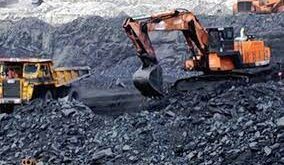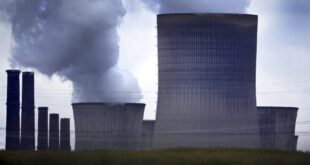The Energy Ministry is allocating 1 trillion rials (around $25 million) to restore power in the southern Khuzestan Province. particularly some water and wastewater treatment plants which have gone off the grid following severe dust storms in the region. said Houshang Falahatian. a deputy energy minister.
He added that the facilities are currently running on emergency power supply from diesel generators. Mehr News Agency reported. Reports also say crude oil production dropped by 700.000 barrels on Saturday. and efforts were underway to compensate the unprecedented decline caused by the climate phenomenon. One-third of power transmission infrastructure in Khuzestan is at the risk of being damaged by the blinding dust storm which has led to wide-spread outages and the shutting of schools. colleges and offices in the oil province.
Officials said on Sunday that power supply was gradually being restored in 11 cities across Khuzestan which had been affected by the dust storm earlier in the week.
In recent weeks. the severity and intensity of the phenomenon have become reminiscent of dust storms in February 2015. when massive storms hit Khuzestan. locking everyone indoors. crippling the entire oil province and filling emergency rooms with people complaining of breathing difficulties and other ailments.
According to experts. most of the sources of dust storms. which have become more frequent and intense in recent years. are in neighboring Iraq. Saudi Arabia and Syria.
However. Saudi Arabia has not done much to reduce the hotspots of dust storms. while tackling the issue has not been a priority for Syria—engulfed in a bloody civil war for half a decade—and Iraq. which is combating the terrorism perpetrated by the self-styled Islamic State terrorist group
One of the largest sources of dust storms in Khuzestan is the Hoor al-Azim Wetland. which is a lagoon between Iran and Iraq. Old and obsolete oil extraction methods in Khuzestan and rivers running dry in Iraq have rendered the once thriving wetland all but desiccated.
A UN report in 2016 said the Middle East has been worst hit by the significant rise in sand and dust storms. with major impacts on human health. adding that Iran and Kuwait are the most affected countries. largely because of sand and dust blowing in from Syria and Iraq.

 Iran Energy News Oil, Gas, Petrochemical and Energy Field Specialized Channel
Iran Energy News Oil, Gas, Petrochemical and Energy Field Specialized Channel



